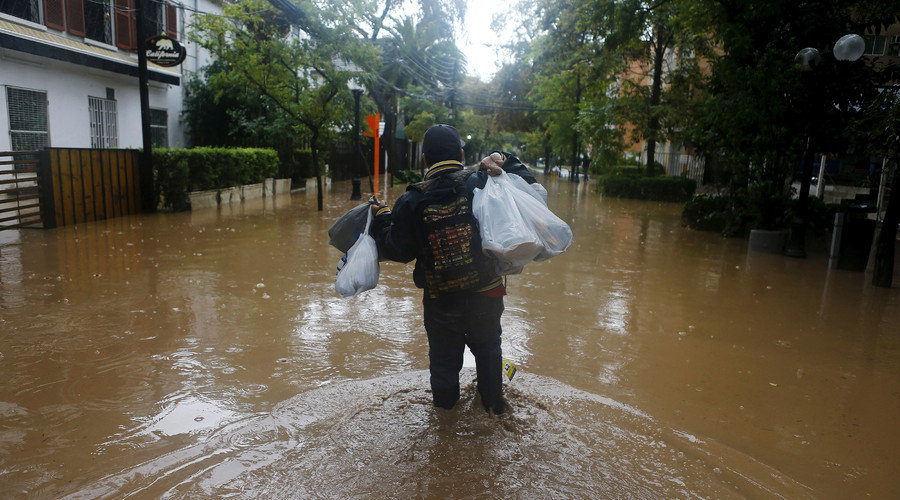
© Ivan Alvarado/ReutersA man walks along a flooded street in Santiago, April 17, 2016.
Chile's capital, Santiago, has been inundated by rains that caused the Mapocho River to breach its banks and flow into one of the city's upbeat neighborhoods. The calamity has killed at least two people and left four million more short of water.
The intense rains that have been pouring down since Friday caused the Mapocho River to overflow for the first time in 30 years, mostly into the wealthy neighborhood of Providencia, with water streaming into cafes, shops, and underground car parking.
The local government blames the incident on the poorly designed roads that led a canal built to hold 80 cubic meters of water to exceed its capacity. Sacyr SA and Costanera Norte SA, the companies in charge of the road construction, which was part of a $197 million project designed to enhance the city's highway system, have been put under investigation.
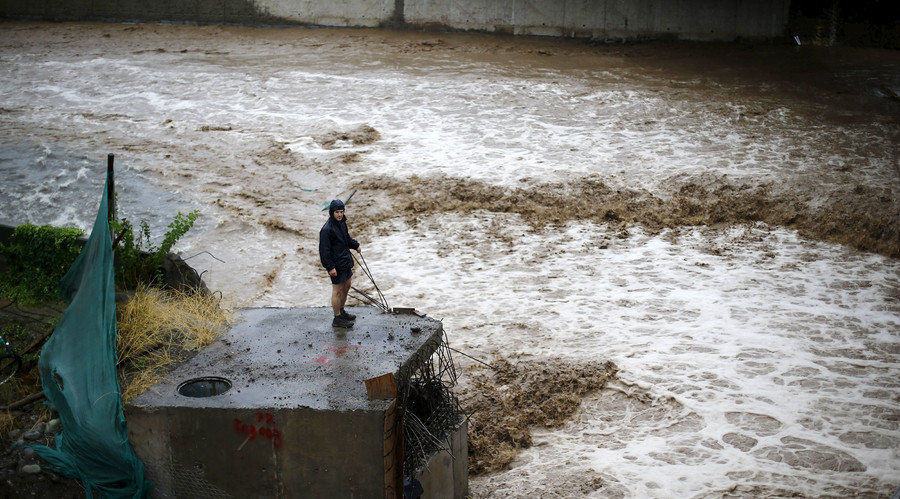
© Ivan Alvarado/ReutersA man is seen next to a river during floods in Santiago, April 17, 2016.
The flooding triggered landslides into the Maipo and Mapocho Rivers, killing at least two people and cutting more than four million residents off from the fresh water.
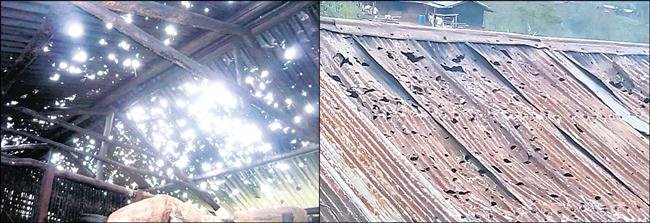
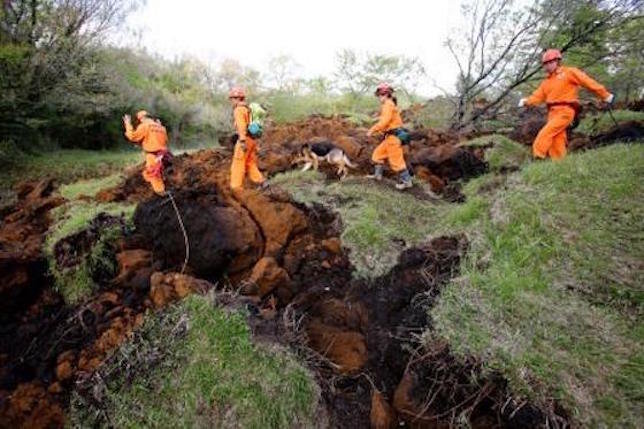
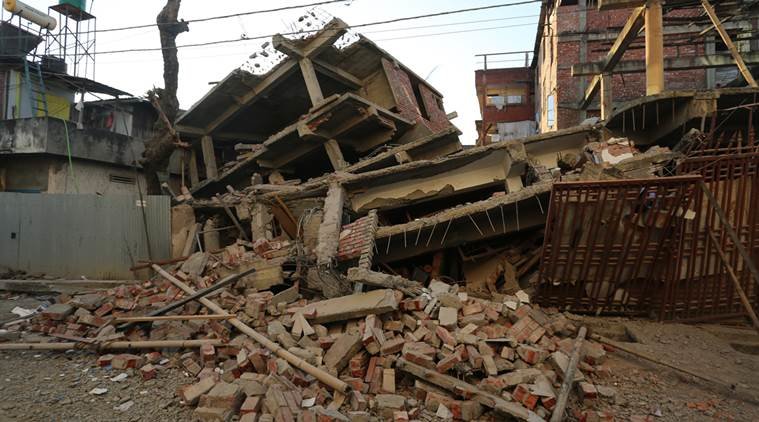
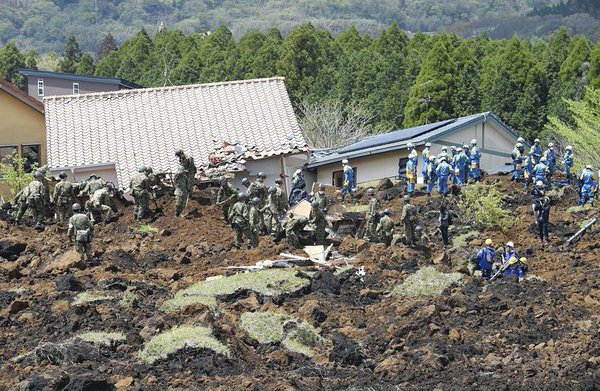
Comment: